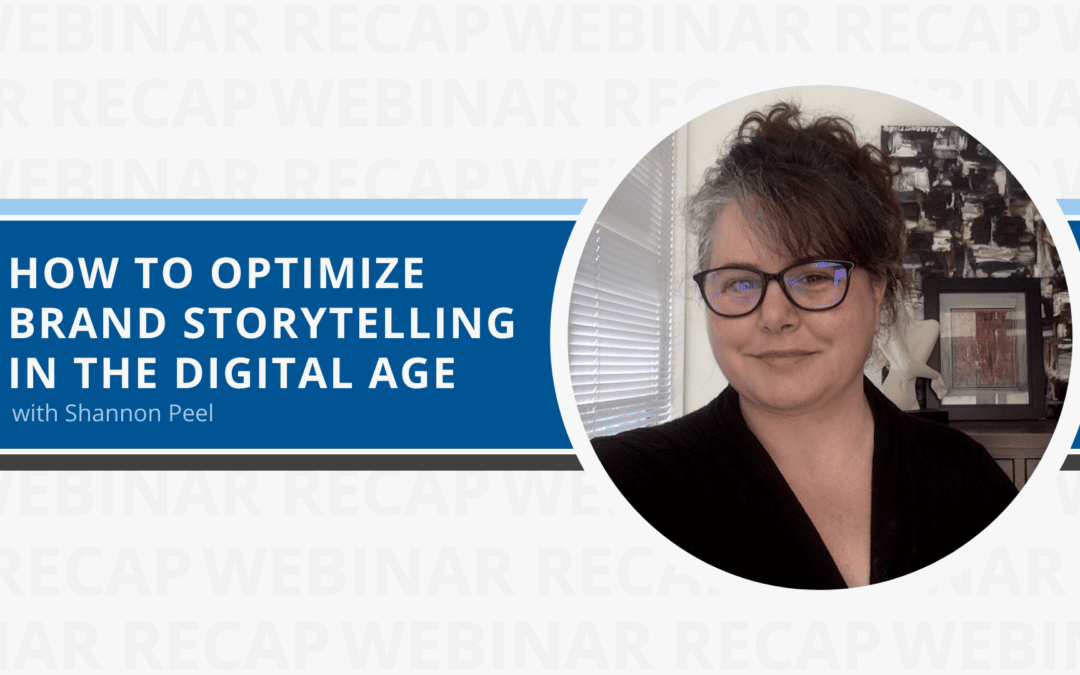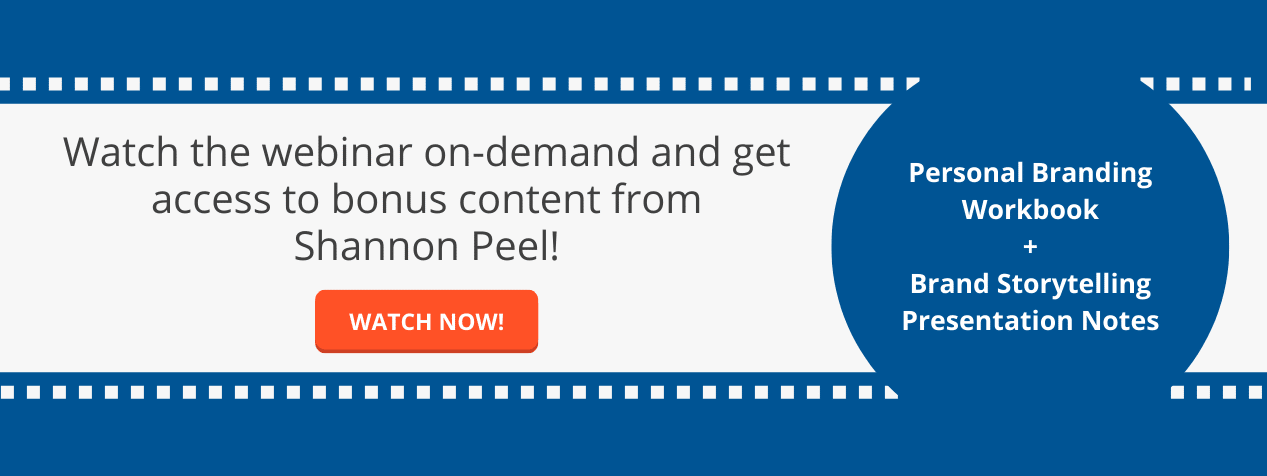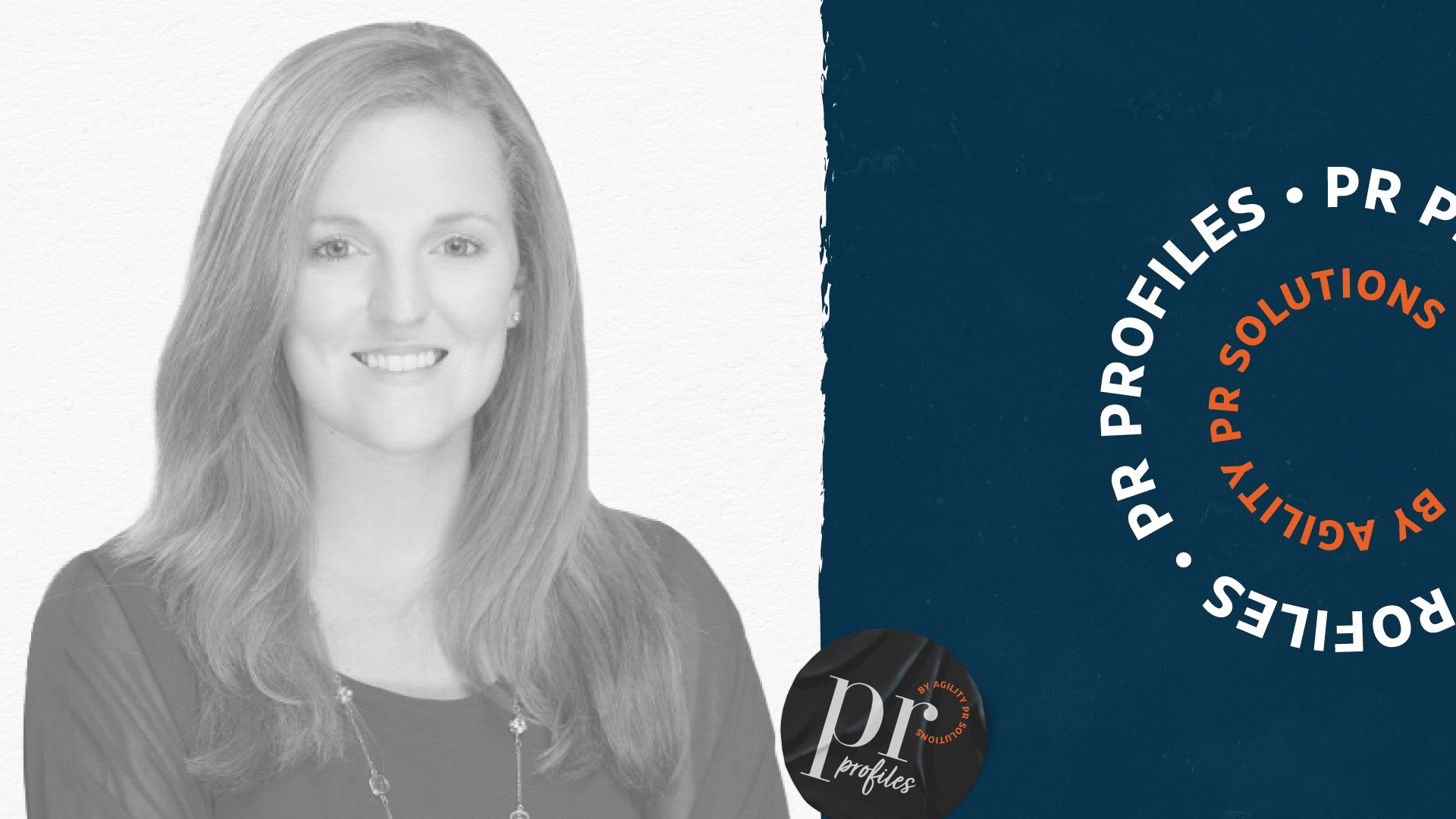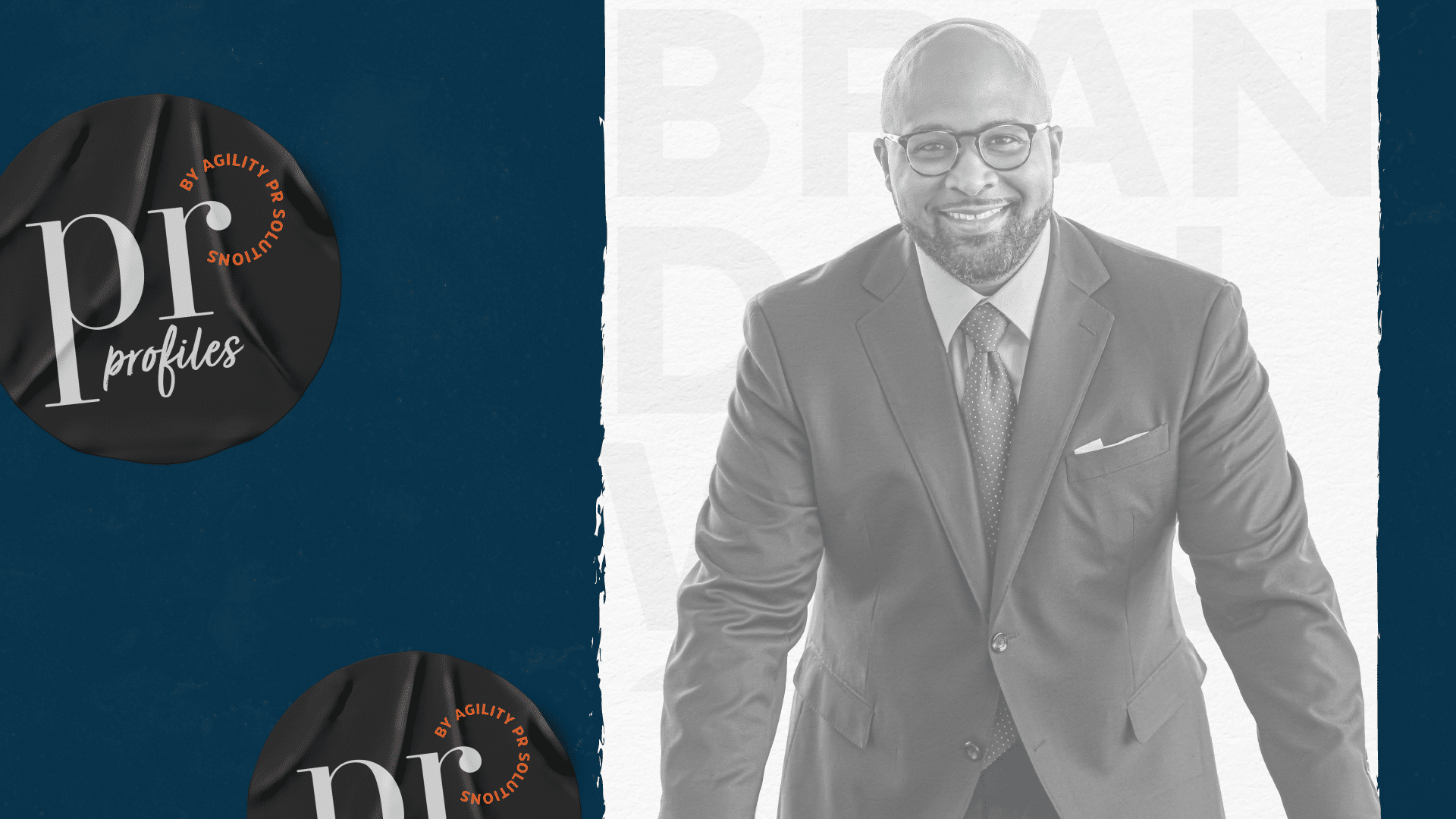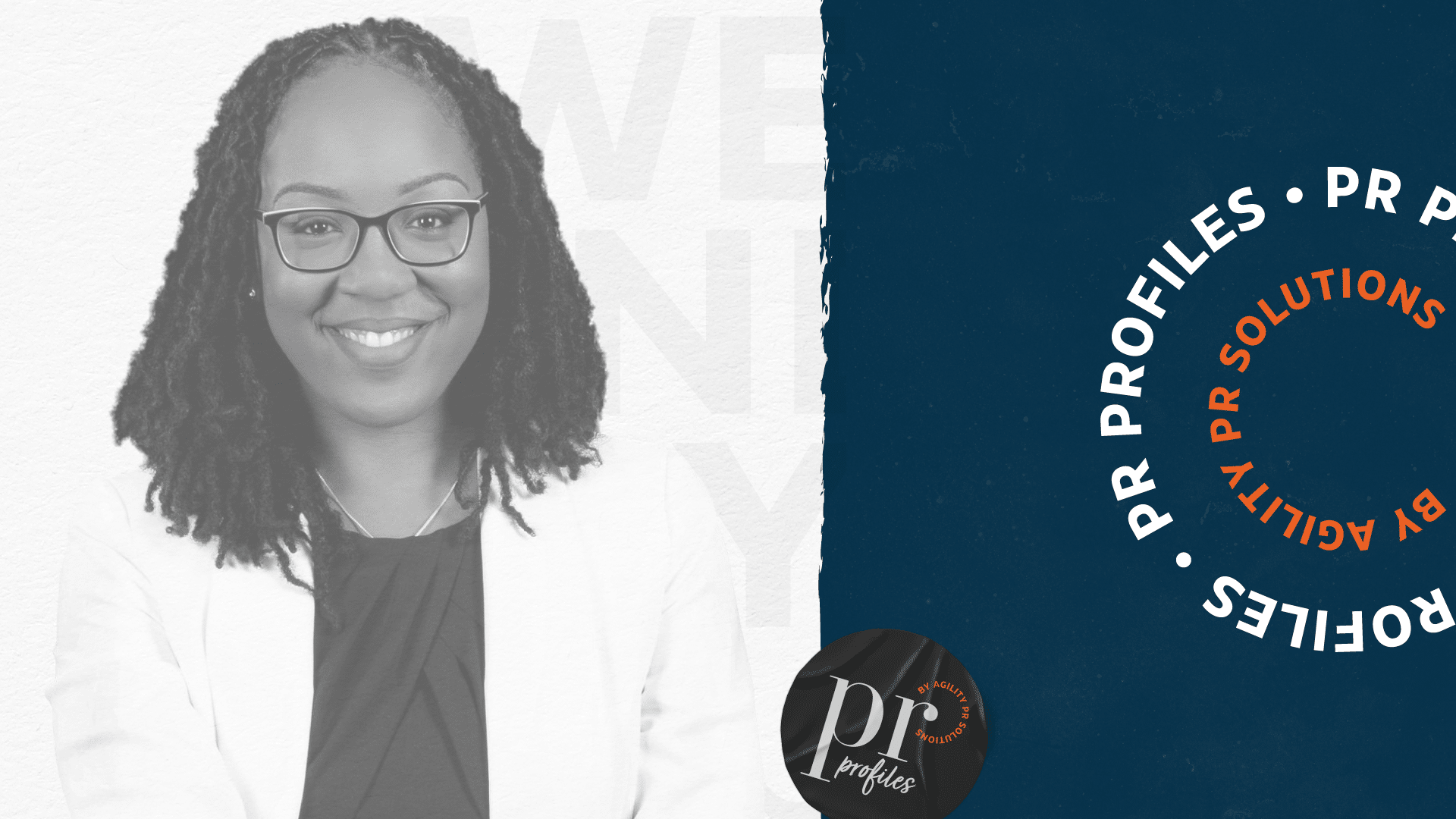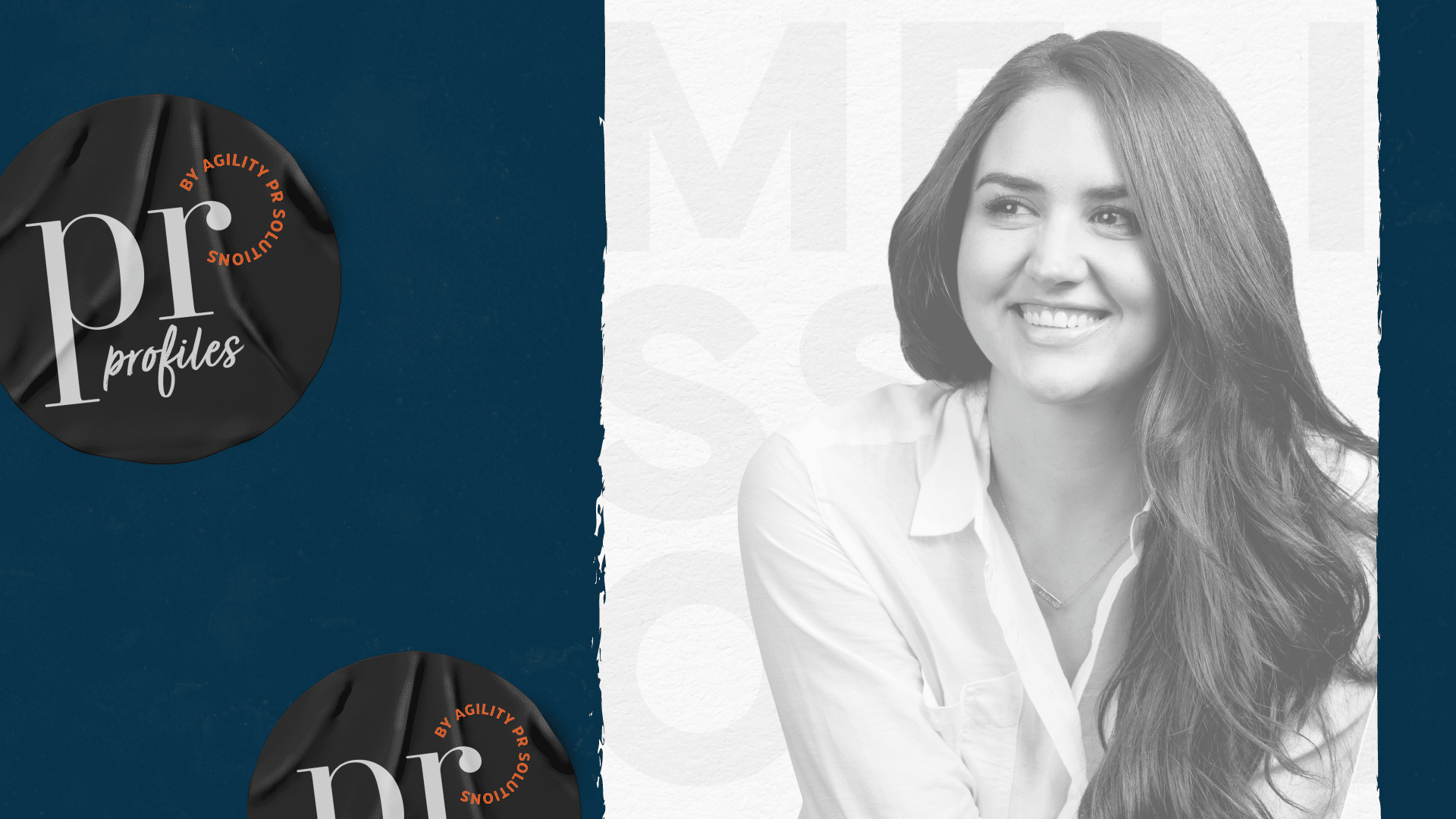Shannon Peel, CEO of MarketAPeel, joined us for June’s webinar to help viewers learn how to get noticed amidst the noise of the digital world. Her secret sauce: your business brand storytelling.
“There is a difference between personal brand and business brand storytelling,” says Shannon in the webinar. “In personal brand storytelling, audiences find you because they like your story. In business brand storytelling, you find the audiences and tell their story to them.”
The value of brand storytelling
Storytelling moves people to action and engages their mind. In novel writing, it’s the difference between showing and telling, action and exposition. “Showing is about allowing people to experience it for themselves,” says Shannon. “In three different studies, researchers discovered that when people are lectured at, they tend to get tired. Basically, they tune out.”
A tuned-out audience is not what any PR or comms professional wants, which is why when telling your business story, putting the audience in the role of hero is essential. However, this does mean that not everyone will identify with your brand—which is okay. “Convincing a client to narrow down the audience can be difficult,” says Shannon. “We all know niche-ing is the answer, but we all struggle to trust that a narrower audience will bring enough customers.”
Finding and attracting your audience is about including all the right details. “You need to figure out which indices or details are unique to the brand and identify the people who share those details to ensure the story will connect with the audience,” says Shannon.
While applying some traditional storytelling techniques will help you construct a compelling narrative that connects with your desired audience, there are some practices you’ll want to ignore. “The end of a traditional story ties up all the loose ends into a nice little bow and provides the audience with a resolution that satisfies them,” says Shannon. “And the same is true for personal brand stories, but in business brand storytelling, you want to leave the audience unsatiated with the promise of satisfaction if they choose your solution to their problem.”
Brand storytelling and the sales funnel
“It’s the job of the brand storyteller to ensure the brand is considered as the solution to the problem,” says Shannon. That’s the end goal, but there are some other steps along the way. “To help you tell your story throughout the customer journey, you need to map out the digital footprint of the journey to ensure there are no gaps.”
Focusing on the top of the funnel, where a lot of PR and comms professionals work, credibility and authority are essential. These two attributes are built in several ways.
Reviews
Having worked for an online review site for years, Shannon knows the value a well-constructed review can bring to a business. However, to get a useful review, Shannon says “You need to give customers three questions, a question for the beginning, the middle and the end, so that the reviewer can write a story about the experience.”
Library of knowledge
“Brands need to have a platform that they can build their library of knowledge on,” says Shannon. “It can be a book, a magazine, a blog, a video channel, a podcast—anything where they are able to establish themselves as the expert.”
Earned media
For her clients, Shannon focuses on new media, whose creators should be pitched differently than traditional media. “When it comes to pitching new media, such as bloggers, authority sites, podcasters, etc., you really need to understand the content creator’s funnel, which is focused on organic search to bring traffic to the site,” says Shannon. With organic search in mind, Shannon says your pitch needs to take the intent of the search into account. “You’ll understand how to construct the story and write the correct headline based on search intent.”
Four types of search intent
Informational: Audiences are looking for something new, an answer to a question, and for more information about a topic. This is where “why” and “what” headlines live.
Commercial: Audiences understand they have a problem and know what solution they need. They either want to DIY it or figure out where they’re going to get it from. This is when reviews are essential and where “how” and which” headlines live.
Navigational: Audiences are looking for a person or company to help solve their problem. This is where “who” headlines come in.
Transactional: Audiences are looking to make a purchase. This intent is at the bottom of the funnel. Your client’s website or e-commerce platform is critical.
Want to learn more?
If you want to hear the rest of Shannon’s insights, learn how to pitch new media, and download her presentation notes and personal branding workbook, you can watch the full webinar on-demand.

